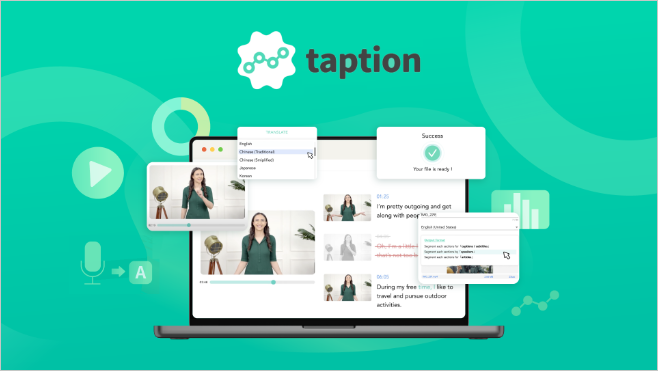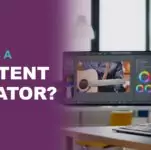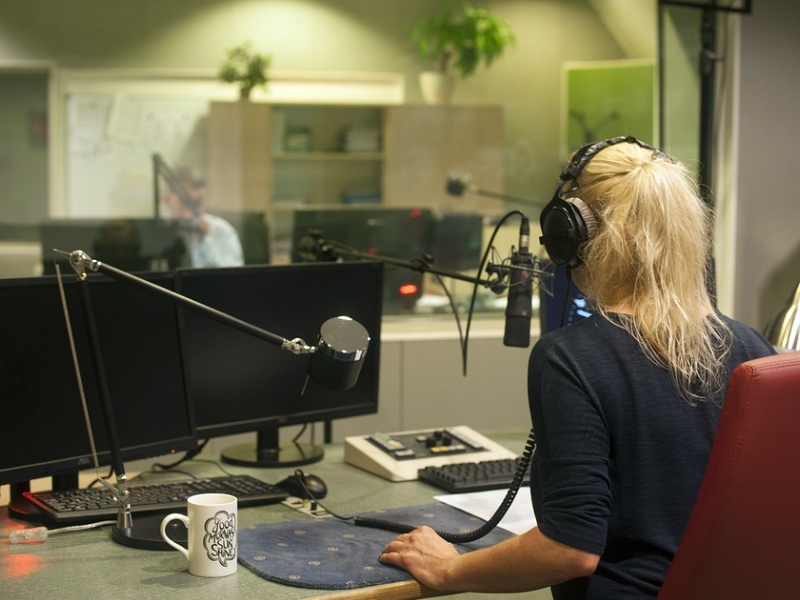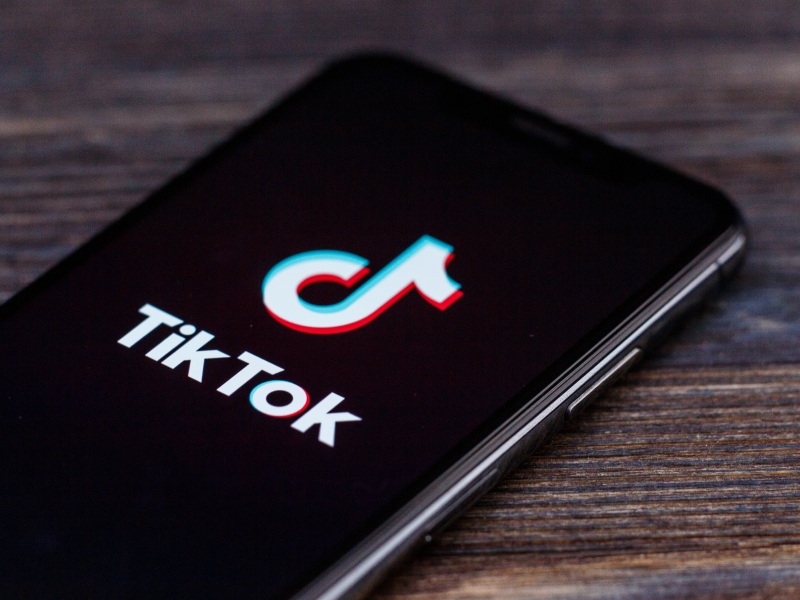John C. Besley, Michigan State University and Anthony Dudo, University of Texas at Austin
Communication experts love to tell people to know their audience, but it is not always clear what they’re meant to know.
Knowing someone’s age, education and gender is nice. So too is knowing context about economic, educational, cultural and ideological background. These are typically what the two of us hear when we’ve asked science communication trainers what they think the expression means.
Knowing such things are helpful, but there’s a lot more a strategic communicator might want to know.
Our own ongoing research on strategic science communication objectives suggests some more targeted pieces of information that could help communicators – whether scientists or anyone else – effectively share their message.

USDA NRCS South Dakota/Flickr, CC BY-SA
Know your audience by picking your audience
To start, if you’re being strategic, you should know something about your audience because you should have picked who you’re communicating with based on your goals.
In general, the hope is that experts like the scientists we study would have shifted valuable time or resources from their regular work to communication because there’s some sort of behavior they want to see in some specific group or groups. The behavior could be individual – things such as drinking less, buying greener products, choosing a science career – or civic – behaviors such as supporting, opposing or disregarding an issue.
No communicator – including scientists – should spend limited time, money and opportunity on audiences that aren’t a priority given their goals. It will rarely make sense to spend resources trying to get an arch-liberal to donate to the National Rifle Association or a diehard lover of science to embrace science even more.
Once you know what you want to accomplish and who you want to accomplish it with, you’re a lot closer to figuring out what you need to know about your audience.

Monkey Business Images/Shutterstock.com
What does your audience think and feel?
The next step is figuring something out about the target audience’s beliefs, feelings or way of framing a topic. It is these beliefs, feelings and frames that can change and it is these changes that will increase the odds an audience will meaningfully consider your hoped-for behavior.
The most common types of beliefs that the scientists we study like to share are those related to the knowledge they’re creating through their research. This might be something about new evidence connecting how rising greenhouse gases are changing the climate, a lack of connection between vaccines and risk, or any other new finding. This preference seems to stem from scientists’ belief that their audience has a crucial gap in its knowledge or way of thinking.
Increasing basic knowledge sometimes gets dismissed in science communication circles; there’s little evidence that information-focused initiatives work very well. More and more facts rarely produce substantial behavioral changes. Worse, although researchers haven’t carefully tested it, anyone who’s sat through a boring lecture can probably attest to the fact that sharing too much technical detail can turn an audience off.
On the other hand, most audiences probably expect to hear about experts’ work and so experts likely need to share some information about what they’re finding or they risk failing to meet people’s expectations.
Just as importantly, there are many other facts beyond those associated with technical knowledge that communicators could ethically want people to come to believe.

DVIDSHUB/Spc. Tobey White/Flickr, CC BY
For the topics we study, it might be helpful to really know, for example, if an audience believes the research team is competent, honest, caring, open and similar to them when it comes to values. If this is not how the scientists are perceived, it’s important to know so the communicator can make communication choices that give the audience a chance to learn a bit more about the team – assuming they do embody these characteristics.
This might mean sharing a bit about their credentials and the sophisticated effort that went into the pertinent research, the motives that drive the team or what they do to make sure they’re always listening to others’ views.
These trust-related communication objectives may be particularly important for making it more likely that someone will pay attention and think about what you have to say. For example, audience members may lack the motivation to truly listen to someone that they believe is dishonest or incompetent.
Similarly, if the goal is to promote behaviors, it helps to know what the audience thinks about those behaviors. Do they believe in the risks or benefits of what the research suggests? Which do they think about most? And what do they think their family and friends think and do – what social psychologists call subjective and descriptive norms? Do they think they even have the ability to do what’s being suggested or believe that doing so will make a difference?
It may also be important to know how the audience feels, what emotions are driving behavior and how they mentally frame the issue.
Content from our partners
You can’t know everything about your audience
Of course it’s impossible to know everything about your audience. You can make educated bets – and you can also ask for help from a communication expert or longtime leader in your organization or a group you belong to. In our area of study, these might be the public information officers at universities or scientific societies. They want to help and the good ones are constantly tracking stakeholder views on various issues you might want to address.
There are also many things you probably can’t change about your audience through communication – like an individual’s core values – although these can affect how what you communicate gets interpreted. And that’s why you have to prioritize by being clear on your goals and starting with an understanding of your audience. Communication theory and formative research are meant to help with such strategizing.
John C. Besley, Ellis N. Brandt Professor of Public Relations, Michigan State University and Anthony Dudo, Associate Professor of Advertising and Public Relations, University of Texas at Austin
This article is republished from The Conversation under a Creative Commons license. Read the original article.













